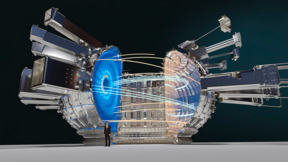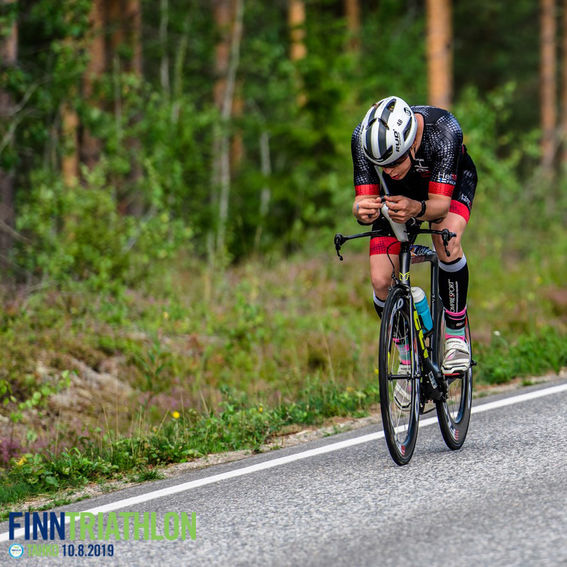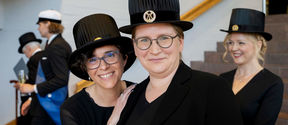Aalto nuclear fusion expert becomes ITER Scientist Fellow

Academy Research Fellow Antti Snicker has been appointed as the new Scientist Fellow for the ITER fusion experiment. He studies how the extremely energetic particles behave in the heart of the experimental fusion reactor behaves. His role, which lasts for three years, involves collaborating with other research scientists at ITER.
‘At Aalto there is special expertise in particle modelling. My goal is to understand and control fusion-born alpha particles by using an in-house numerical model,’ Dr Snicker said.
In a fusion reactor, alpha particles collide with the fusion plasma, causing it to ‘ignite’, which eliminates the need to heat the plasma externally. The aim of nuclear fusion is to produce more energy than needed to sustain it, and do it without producing highly radioactive by-products or gases contributing to climate change. .
‘The modelling we do is to help prevent the alpha particles from hitting the walls of the reactor, which would lead to decrease in the plasma performance, and/or damage of the reactor wall materials, said Antti Snicker.
The charged particles in plasma influence eachor and behave collectively, which means that they can form electromagnetic phenomena called Alfvén waves, which may cause the transport of alpha particles that Antti is interested in.
Dr Snicker is also an official member of the ITPA EP Group. Currently, Snicker is the only Finnish member after Tuomas Tala, head of Finnish fusion research at VTT Technical Research Centre of Finland, finished in his role at the end of 2019. The group meets twice a year to address the most pressing challenges ITER is facing.
‘Problem solving is a joint goal between all participating countries and it uses research equipment from around the world. In addition to Europe, the United States, China and Korea have their own test facilities,’ Dr Snicker said.
In 1991, Aalto and VTT started developing a fast-ion code called ASCOT (Accelerated Simulation of Charged Particle Orbits in Torii). This led to an entire research group at Aalto Univeristy, Department of Applied Physics, where already several generations of the code have been developed. As a result, ASCOT is currently the world's leading code used to simulate fast particles within thermonuclear fusion.
‘The code has been developed for a long time with a clear purpose. It enables efficient research of the behaviour of fast particles in fusion experiments and it is compatible with modern supercomputer platforms’, Antti Snicker said.
Antti Snicker works in the ASCOT group and further develops the ASCOT code as part of his Academy Research Fellow role.
‘The goal is to be able to understand and build a reliable modelling chain for the fast particles,’ he explains
ITER is a major global research collaboration, similar in size to CERN and the international space station. It is currently under construction in the south of France.

Ironman targets the Finnish Championships
In his spare time Antti Snicker is an Ironman triathlete. In 2018, he got close to a podium position and in the near future he is aiming to become the Finnish Champion in the 3.8km swimming, 180km cycling and marathon event.
‘It is always good to have goals and dreams. The best thing is to challenge yourself day after day and push yourself beyond what you imagined you could do. This can be anything, leading a research group, applying for funding or swimming in open water for kilometres. I wasn't supposed to be able to do any of these! The end result doesn't matter so much, it's just one day in your life. This journey usually takes several years.’
- Published:
- Updated:
Read more news

Doctoral education pilot arouses wide interest among applicants and corporate partners
The doctoral education pilot has got off to a fast start.
Broadband miniaturized spectrometer research receives QTF annual discovery award 2024
The clarity and compelling presentation of the research were one of the reasons why Doctoral Researcher Md Uddin earned the prize for the research paper, which was published in Nature Communications.
Robotics needs safe behavior patterns
Robotics and autonomous systems are developing rapidly. Algorithms that withstand disturbances and uncertainties in the system model and environment are critical for development.